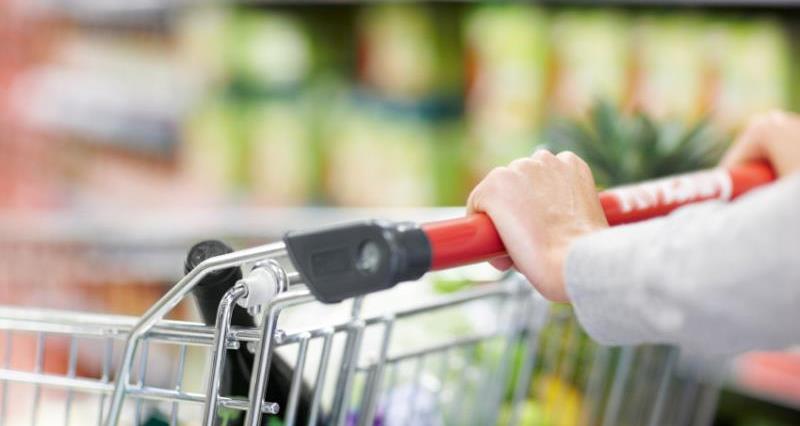This year take-home grocery sales reached a new record at £12.8 billion for December, £1.1 billion higher compared to the same period last year. However, data shows inflation is the main driver behind this increase opposed to increased purchasing as the volume of purchases was down by 1.4% year-on-year.
Within the out of home market, CGA data (providing market measurement) shows that On Premise visits marginally increased in December, with 42% of UK&I consumers visiting the sector at least weekly.
This was against the backdrop of a record high of 24% food inflation within the out of home sector, with the top 10 food categories topping 10% inflation.
Shoppers found ways to save money
The current cost of living crisis meant consumers looked for ways to reduce spending. As a result, supermarkets adapted their marketing strategies to ensure they retained customers in this increasingly competitive environment.
Supermarkets increased their own label festive alternatives, which drove own label sales to grow by 10.2%.
Tesco’s Finest range remains the single largest premium own label line, while Aldi and Lidl were the biggest contributors to the premium own label sector’s overall growth in 2022.
Data shows that people shopped around more to look for the best deals across a number of ranges and retailers. Seven out of the 11 major supermarkets saw a drop in loyalty compared to last year.
Key stats at a glance:
- Inflation saw sales reach a new record at £12.8 billion for December
- Supermarkets increased their own label festive alternatives, increasing sales by 10.2%
- Seven major supermarkets saw a drop in loyalty compared to 2021
- Tesco was the only retailer to see increased sales, up by 7.3%
- 42% consumers reduced their visits to restaurants during the festive period
Who performed well in the retail market?
Despite the discounters continued strong growth the traditional grocers captured most of the Christmas purchasing, with Tesco, Sainsbury’s, Asda and Morrisons accounting for more than two thirds of all spending.
Tesco continues to hold the majority of the market with a 27.5% market share and was the only retailer to gain market share vs pre-pandemic. The retailer has a successful festive trading period with like-for-like sales up by 7.3% compared to last year and 16.8% compared to pre-pandemic.
Sainsburys and M&S also performed well with like-for-like sales up 7.1% and 6.6%. Both retailers benefited from the uplift in premium own label ranges.
Sainsburys Taste the Difference range saw sales increase 10% and M&S Remarkable value range and premium M&S Collection range grew by over 20% collectively.
How did the out of home sector fair?
More consumers report that they visited an onsite premise in December than in November, with 28% saying they visited venues more frequently. However, 42% of consumers did reduce their visits over the month of December on the previous year.
These visits were more lucrative for operators as those visiting venues on average spent more as they came from households with higher income.
Affordability therefore is still a driving factor for reduced visits. This will only grow in January when consumers will look to cut back again to make way of household expenses in their budgets.
Events such as the world cup helped some operators over the festive period, with pubs benefiting most.

